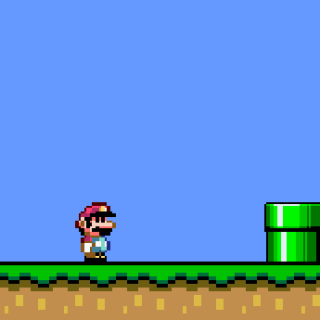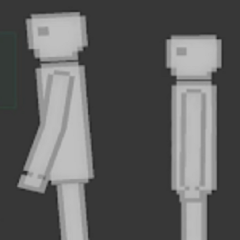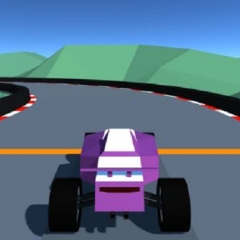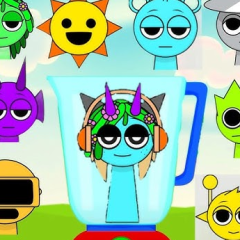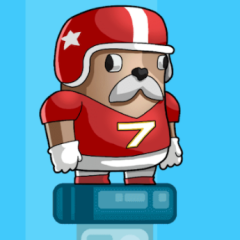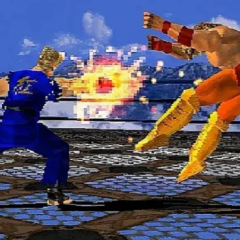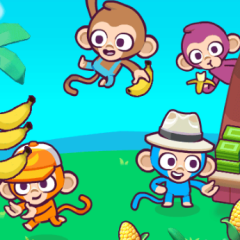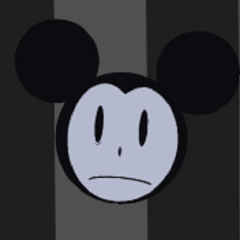Super Mario is a side-scrolling platformer where players control Mario as he moves through various stages filled with obstacles, enemies, and traps. The core mechanics involve running, jumping, and interacting with blocks, pipes, and platforms. Levels are structured with increasing difficulty, requiring players to time their actions precisely to avoid falling or being hit. Mario can collect coins, power-ups, and extra lives scattered throughout the environment, adding optional goals beyond simply reaching the level’s end.
Power-Ups and Enemy Behavior
Throughout the game, players can find power-ups such as mushrooms, fire flowers, and stars. These items give Mario new abilities like growing in size, throwing fireballs, or becoming temporarily invincible. Enemies follow set patterns, with some walking back and forth, others flying or hiding in objects. Defeating enemies by jumping on them or using abilities becomes a consistent part of progress. Some enemies can only be avoided or require specific tactics to defeat. Boss fights appear at the end of major areas and require multiple hits or specific movements to overcome.
Progression and Replay Value
Super Mario encourages exploration by including hidden areas, secret exits, and alternate paths. Completing a level is often straightforward, but players can go back to discover missed coins or unlock new routes. The game’s structure allows players to retry levels to improve their timing or score. While each stage introduces new obstacles, the game maintains a consistent control scheme that makes learning efficient. Super Mario remains widely accessible, offering both casual play and room for skill-based progression.


